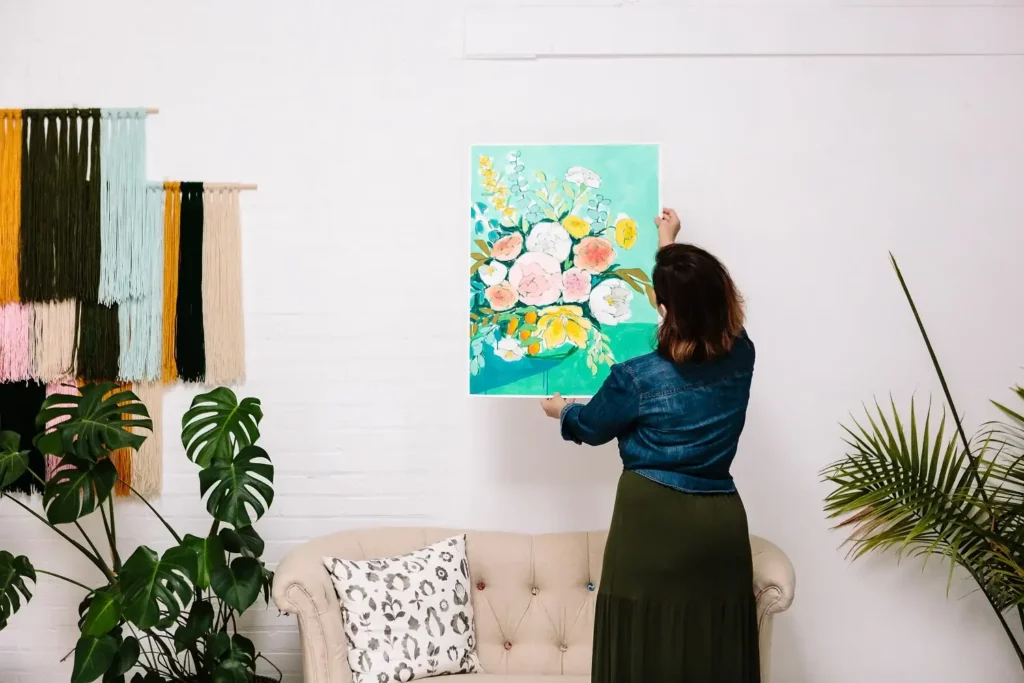
Moving expensive and precious art requires meticulous planning and execution to ensure the safety and preservation of these valuable items. Whether you are an art collector, gallery owner, or simply relocating, proper handling and transportation of artwork are crucial. This guide provides detailed steps and tips on how to move expensive and precious art safely.
Before you begin the moving process, it’s essential to assess and document your art collection. Create a detailed inventory of each piece, including photographs, descriptions, dimensions, and any existing condition notes. This documentation will be invaluable for insurance purposes and for ensuring the items are returned to their original condition post-move.
Have your art professionally appraised to determine its current market value. This step is crucial for obtaining adequate insurance coverage. Purchase specialized fine art insurance to cover potential risks during the move, such as damage, theft, or loss. Ensure the policy covers the entire duration of the move, from packing to transportation to unpacking.
Selecting a moving company with experience in handling art is vital. Look for companies that specialize in art transportation and have a proven track record. Verify their credentials, ask for references, and read reviews from previous clients. Confirm that the movers are trained in handling, packing, and transporting valuable art pieces. You can find experienced shipping and moving companies on Shiply.
Proper preparation and packing are critical to prevent damage during the move. Here’s how to do it:
Label each package clearly with handling instructions such as “Fragile," “This Side Up,” and “Do Not Stack.” Use heavy-duty tape to seal the packages securely. Ensure that the crates and boxes are tightly packed to prevent any movement during transit.
Transportation is a critical phase in moving art. Follow these guidelines to ensure safety:
Upon arrival at the destination, carefully unpack each piece. Inspect the art for any signs of damage. Compare the condition of each piece to the pre-move documentation. If any damage is found, document it immediately with photographs and detailed notes.

Once you have confirmed that all pieces have arrived safely, reinstall them in their new location. Use appropriate hanging and display hardware to ensure they are securely mounted. For particularly valuable or delicate pieces, consider hiring professional art handlers or conservators to assist with the installation.
Moving expensive and precious art is a complex process that requires careful planning, specialized knowledge, and professional handling. By following these steps—assessing and documenting your collection, obtaining appraisal and insurance, choosing the right moving company, properly preparing and packing the art, ensuring safe transportation, and carefully unpacking and reinstalling the pieces—you can ensure the safe and secure relocation of your valuable artwork. With the right approach, you can enjoy your art in its new location with the confidence that it has been handled with the utmost care and respect.
comments